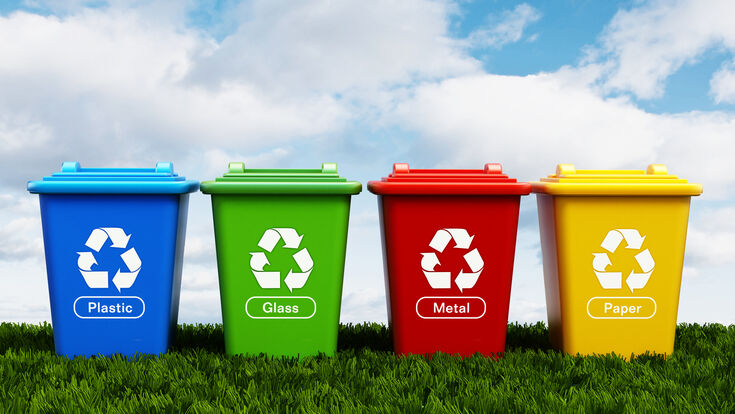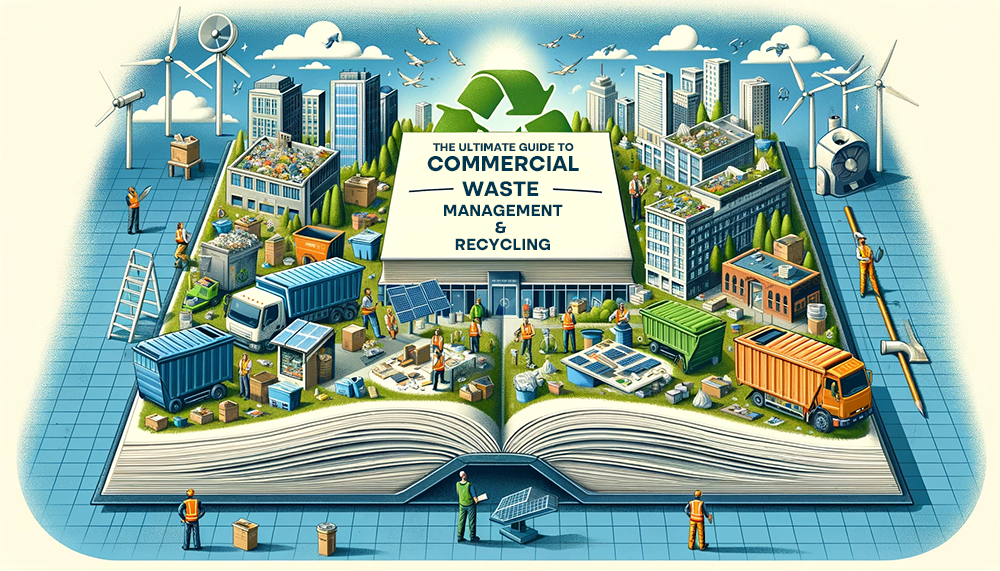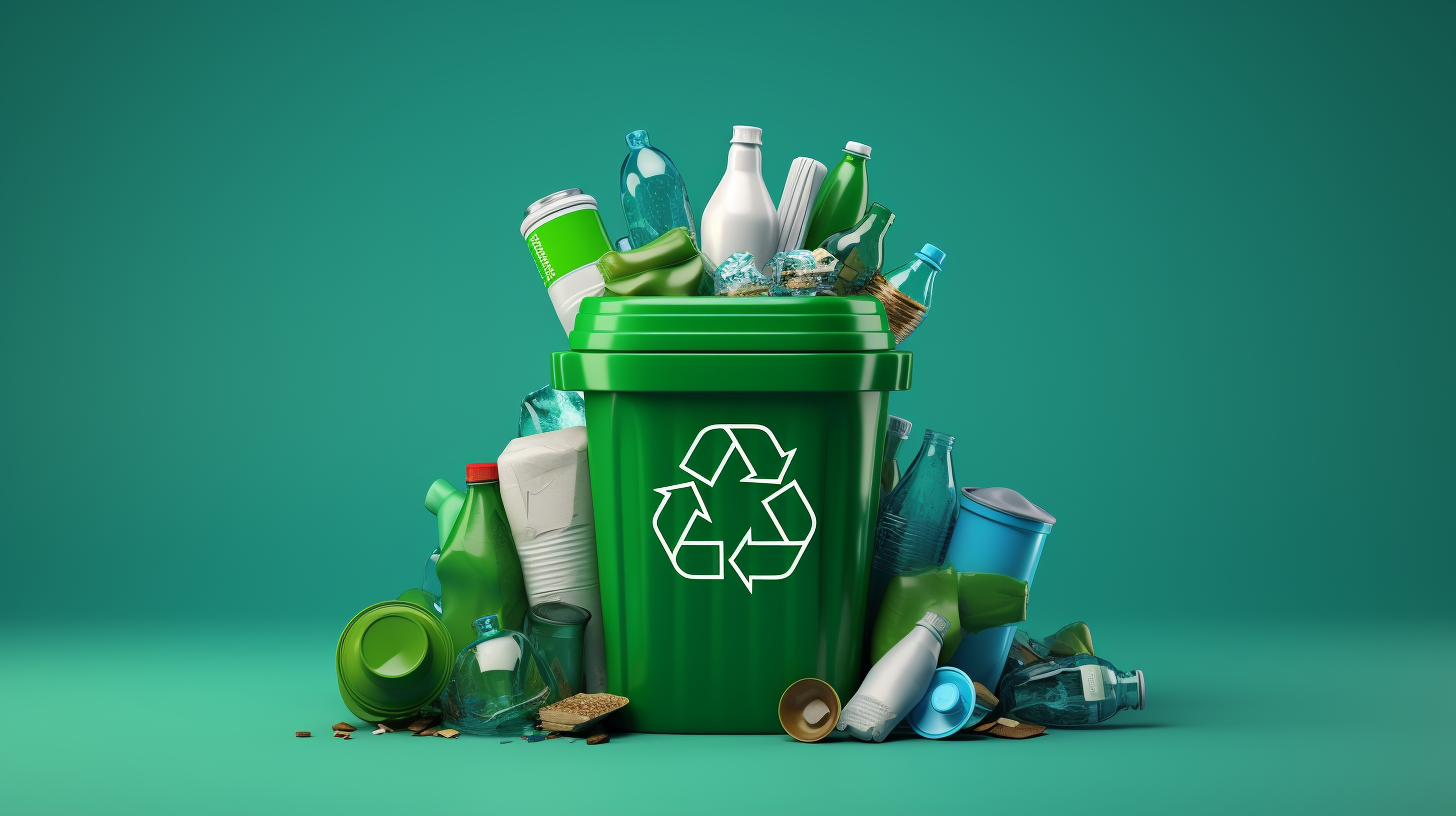Why Select Recycling Lives Services for Your Waste Administration Requirements
Why Select Recycling Lives Services for Your Waste Administration Requirements
Blog Article
Discovering Different Kinds of Waste in Modern Waste Administration Equipment
The contemporary landscape of waste management involves navigating an intricate range of waste types, each needing specialized handling and disposal approaches to minimize environmental effects. Metropolitan strong waste, hazardous waste, electronic waste, and natural waste each present distinct challenges and possibilities for resource healing. Ingenious options such as clever waste containers and waste-to-energy technologies are emerging as important tools in boosting effectiveness and sustainability. Understanding these waste types is important for cultivating public awareness and encouraging energetic engagement in lasting techniques. What methods can efficiently attend to these varied kinds of waste while promoting a circular economy?
Community Strong Waste
Municipal solid waste, often referred to as house trash or garbage, includes a selection of discarded products produced by household, commercial, and institutional resources within a community. This waste stream normally includes products such as product packaging, food scraps, yard trimmings, paper, plastics, fabrics, and disposed of household products. The management of metropolitan strong waste is an essential element of city planning and public health, requiring effective collection, transport, and disposal systems.
Effective waste monitoring systems are developed to minimize environmental influence while maximizing source recuperation. This often includes a mix of approaches consisting of recycling, landfilling, and composting. Reusing programs target materials like paper, glass, steels, and certain plastics, diverting them from garbage dumps and reestablishing them right into the production cycle. Composting organic waste, such as food scraps and yard trimmings, not only minimizes garbage dump usage but additionally creates valuable soil modifications.
Municipalities should likewise attend to the financial and logistical difficulties connected with waste administration. Executing pay-as-you-throw systems, enhancing public understanding, and purchasing innovation can significantly boost waste diversion prices. By integrating these practices, towns can cultivate lasting areas, lower greenhouse gas discharges, and save natural sources.
Contaminated Materials

Efficient contaminated materials management entails several crucial actions: recognition, treatment, disposal, and segregation. Identification involves the classification of waste based on its dangerous properties. Segregation ensures that dangerous products are stored individually from non-hazardous waste to avoid cross-contamination. Therapy methods, such as chemical neutralization, incineration, and stabilization, are used to reduce the toxicity, volume, or wheelchair of the waste. Disposal options, including safe landfills and below ground storage space, are chosen to guarantee lasting containment.
Regulative frameworks, such as the Resource Preservation and Recuperation Act (RCRA) in the USA, offer guidelines and criteria for unsafe waste administration. Adherence to these guidelines, combined with developments in waste treatment modern technologies, is important in minimizing the risks related to contaminated materials.
Electronic Waste
Digital waste, generally described as e-waste, represents a swiftly growing challenge in waste monitoring systems worldwide. This type of waste incorporates disposed of electronic tools and equipment such as smart devices, computers, televisions, and other digital home appliances. The quick pace of technical development, paired with reducing item life expectancies and consumer need for the most recent gadgets, has exponentially raised the volume of e-waste created every year.
E-waste is specifically troublesome because of its complex structure, frequently having dangerous substances like lead, mercury, and cadmium, which present significant environmental and wellness dangers if not effectively managed. On the other hand, e-waste additionally consists of valuable materials such as silver, copper, and gold, i loved this which can be recouped and recycled. The twin nature of e-waste-- both beneficial and hazardous-- requires specific handling, reusing, and disposal processes.
Effective e-waste management involves stringent governing structures, durable collection systems, and advanced recycling modern technologies. Public understanding and engagement are critical, as improper disposal techniques, such as unlawful dumping and informal recycling, exacerbate environmental contamination and carcinogen. Enhancing e-waste monitoring techniques is vital for reducing ecological effect and recuperating important sources in a progressively digital world.

Organic Waste
Organic waste, consisting of kitchen area scraps, backyard trimmings, and agricultural deposits, represents a significant section of the worldwide waste stream. This type of waste is naturally degradable, meaning it can be damaged down by bacteria into easier natural compounds. Regardless of its potential for natural decomposition, improper management of natural waste can cause unfavorable ecological influences, including the exhaust of greenhouse gases such as methane, which add to environment change.
Efficient monitoring of organic waste is essential for lessening these ecological effects (recycling lives services). Composting is an extensively adopted approach, transforming natural waste into nutrient-rich compost that can improve soil health and agricultural efficiency. In addition, anaerobic food digestion is an emerging innovation that transforms natural waste into biogas, a sustainable energy resource, and digestate, which can be used as fertilizer
Municipalities and waste administration entities need to implement robust organic waste collection and treatment programs to maximize the benefits of these processes. Public education campaigns can also play a pivotal duty in encouraging houses and companies to separate organic waste from other sorts of waste. By prioritizing the monitoring of natural waste, cultures can reduce land fill usage, reduced greenhouse gas discharges, and create useful results for farming usage.

Cutting-edge Waste Monitoring
In the world of waste monitoring, ingenious techniques are changing just how cultures handle their refuse, aiming for sustainability and efficiency. One popular innovation is the implementation of smart waste containers geared up with sensors that monitor fill degrees and enhance collection routes.
An additional noteworthy growth is the adoption of waste-to-energy (WtE) modern technologies. By converting non-recyclable waste into functional energy via procedures such as incineration and anaerobic digestion, WtE lowers land fill worry and supplies a renewable resource source. Furthermore, developments in chemical recycling permit for the break down of complex plastics right into their initial monomers, making it possible for the production of new, high-quality plastic items.
Furthermore, the round economy design is obtaining traction, highlighting the design of products and systems that focus on reusability and source effectiveness. This all natural method encourages sectors to lessen waste generation from the beginning. With these innovative strategies, modern waste management systems are not only dealing with the instant obstacles of waste disposal but also leading the way for a much more lasting future.
Conclusion
An extensive understanding of community strong waste, contaminated materials, visite site digital waste, and organic waste, coupled with the application of ingenious waste monitoring options, is necessary for mitigating environmental effects. Integrating innovations such as clever waste containers and waste-to-energy systems can enhance efficiency and sustainability. Reliable waste management approaches not only foster resource recovery however likewise promote public awareness click to read more and involvement, inevitably adding to the advancement of a circular economic situation.
The contemporary landscape of waste management entails navigating a complex range of waste kinds, each requiring specialized handling and disposal methods to mitigate environmental influences. Metropolitan strong waste, unsafe waste, digital waste, and organic waste each present distinct obstacles and possibilities for source healing.Electronic waste, typically referred to as e-waste, represents a swiftly expanding difficulty in waste management systems worldwide. Through these cutting-edge approaches, modern-day waste monitoring systems are not only dealing with the immediate obstacles of waste disposal however also leading the means for a much more sustainable future.
A thorough understanding of local solid waste, hazardous waste, digital waste, and organic waste, paired with the application of innovative waste management remedies, is important for reducing ecological effects. (recycling lives services)
Report this page